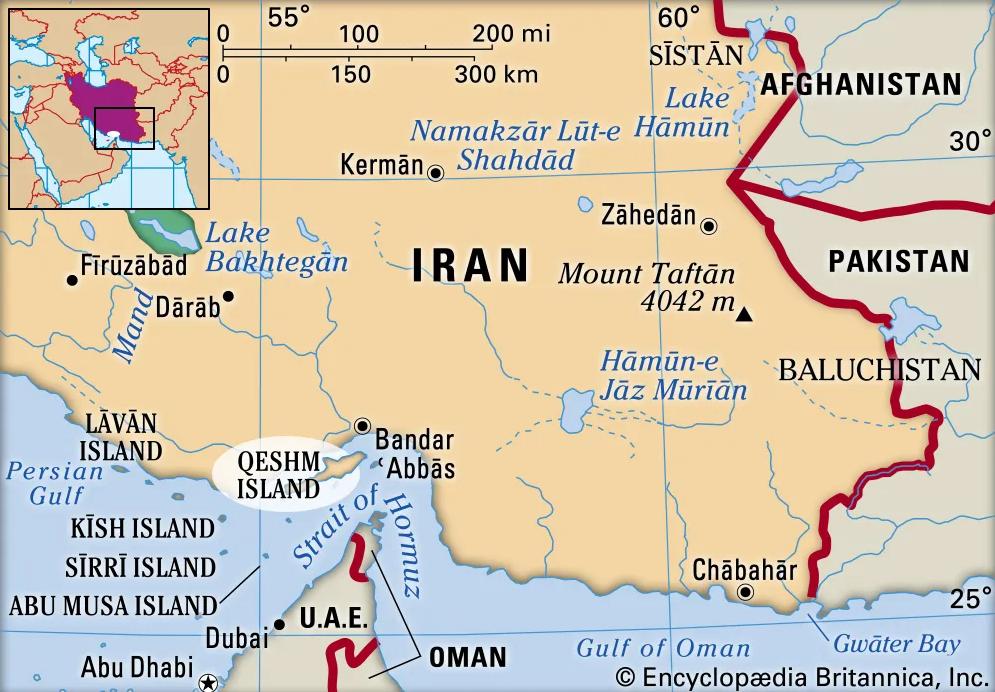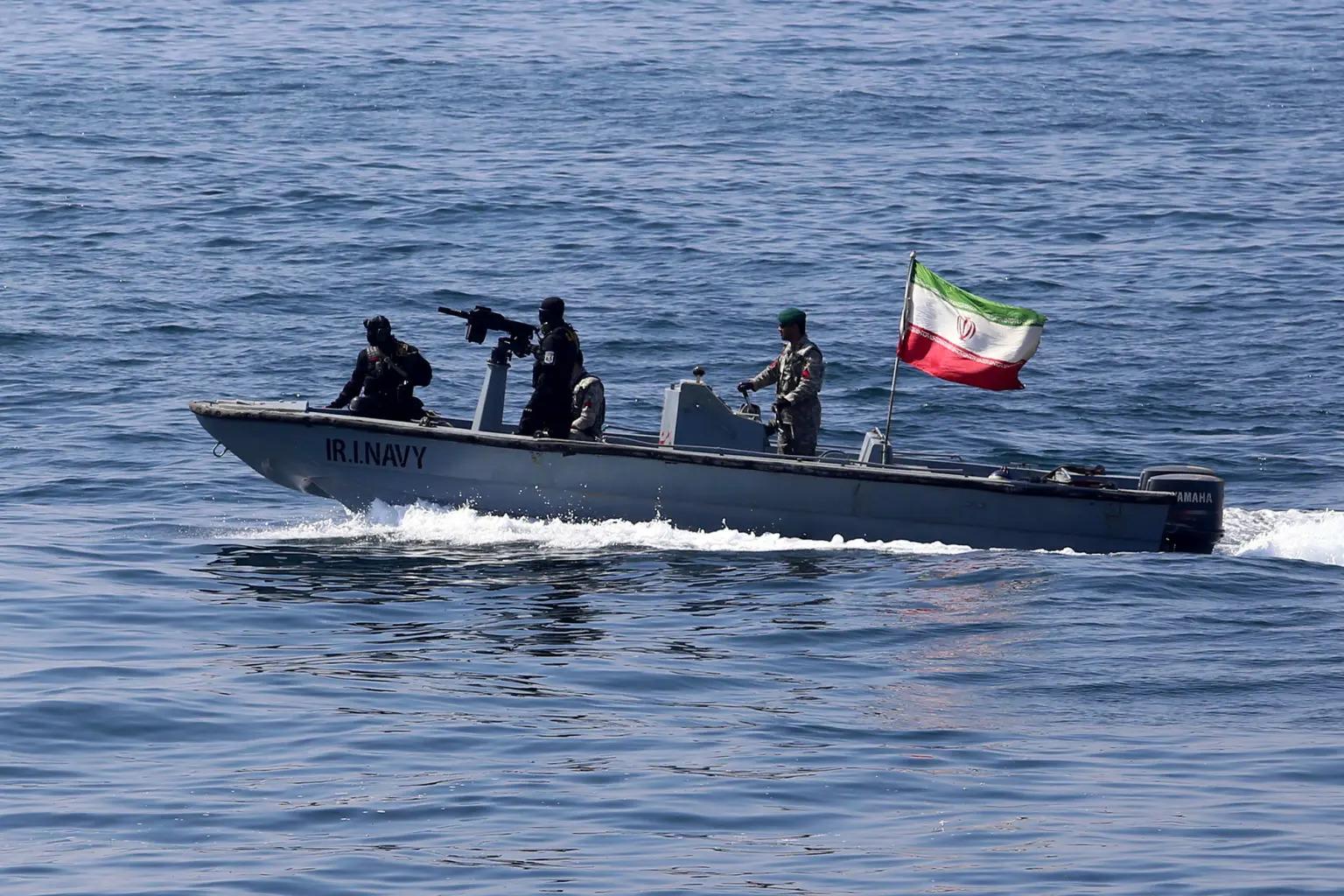Iran's strengthening navy signals broader regional ambitions Out of the shadow
Since the outbreak of the war in the Gaza Strip between Israel and Hamas, the Middle East region has sunk into violent turmoil with the direct and indirect involvement of major regional powers like Qatar, Iran, Türkiye, the United States (US), and others. Of all stakeholders, Iran maintains the leading role as the main supporter of Hamas and the notorious proxy group Hezbollah based in southern Lebanon.
Although Iranian forces are not engaged in conventional warfare with the Israeli Defence Forces (IDF), official Tehran demonstrated tremendous enthusiasm in boosting defence capabilities, particularly of its navy fleet. In light of the ongoing war in Gaza, Iran's other key proxy group – Houthi rebels based in Yemen, launched their violent campaign against commercial vessels in the Red Sea that are allegedly tied to Israel and the US. Therefore, in an attempt to provide support to Houthi rebels and maintain a strong presence in the Gulf waters, Iran recently embarked on the "modernizing of its navy fleet."
Iran focuses on naval forces not only because the Gulf waters are the primary arena of conflict but also because Iran's maritime capabilities far exceed its aerial capabilities. Iran attempted to acquire advanced navy technologies and enhance anti-ship missile systems for many years. Moreover, the strong Navy enables Iran to provide direct support to the Houthi navy against the US and Israeli ships in the Red Sea. For example, to increase Houthis' chances in the Red Sea, Iran is concentrating on developing missile systems capable of threatening American naval vessels. They recently announced the development of a maritime cruise missile called Abu Mahdi Al Muhandis, with a range of 1000 kilometres.

Moreover, Iran has reprioritized some of its local maritime exercises towards solidifying or expanding territorial claims in the Persian Gulf, Strait of Hormuz, and Caspian Sea. Indeed, these exercises aim to increase the Navy's logistical capabilities. The extended logistical capabilities enable Iran to keep the pulse on the Persian Gulf waters, given its long-term rivalry with the United Arab Emirates (UAE) over the disputed Abu Musa Island, the most strategic point in the Gulf. In a greater context, assisting the Houthis’ attacks is just one part of a broader strategic shift that increasingly relies on maritime capabilities to keep Iran's enemies on the back foot.
The continuous Houthi attacks in the Red Sea pose a threat to Iran's regional rivals – Saudi Arabia, the UAE, Israel, and the US by disrupting the global supply chain and creating more tensions, thus preventing them from uniting against Tehran and its proxies. For that purpose, Iran significantly upgraded its vessels in recent years, including new submarines and missile-armed warships, and has begun to venture as far as the Atlantic and Pacific Oceans.
Iranian Navy relies not only on frigates, destroyers, or submarines but also on small speedboats that harassed American ships in the Persian Gulf and the Strait of Hormuz for many years. In a similar vein, the US needs to develop alternative trade routes to avoid violent Houthi attacks in the Gulf while pushing its Arab allies to reach a consensus with Tehran to stop brutal attacks. However, it is noteworthy that there are significant disparities between the Navy of Iranian regular forces and the Navy of the Iranian Revolutionary Guards Corps (IRGC), known as the backbone of the Islamic Republic.

To this end, the IRGCN has invested significantly in asymmetric capabilities, including hundreds of lethal small craft, a network of coastal-defence cruise missiles, and unmanned aerial vehicles (UAVs) that can potentially support the accurate targeting of adversary naval forces. These technical capabilities allow Tehran to exert more influence in the Gulf region to protect its interests. Unlike regular navy forces, the IRGC Navy has a specific task of expanding Tehran's maritime abilities and thwarting enemies even in distant waters. Thus, amid the war and armed standoff in the Middle East, the IRGC Navy provides critical support to members of the Axis of Resistance with increasing frequency.
As Iran's Navy has taken shape in recent years, Tehran publicly reveals its ambitions of becoming the main regional power in the Gulf, raising the stakes of regional conflicts and threatening the fragile stability.








